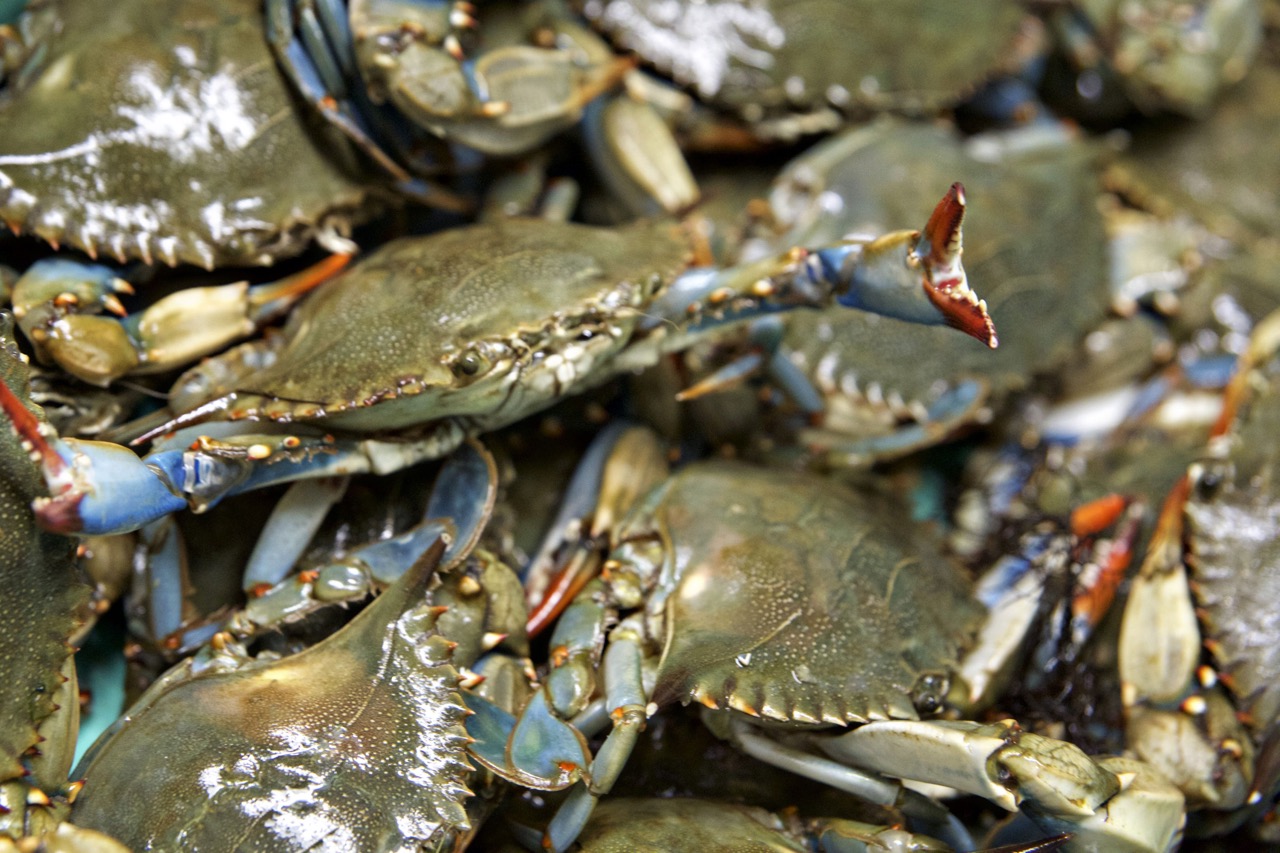

Articles
How To Store Live Crab Overnight
Modified: January 8, 2024
Learn the best methods for storing live crab overnight with our comprehensive articles. Ensure your crabs stay fresh and delicious.
(Many of the links in this article redirect to a specific reviewed product. Your purchase of these products through affiliate links helps to generate commission for Storables.com, at no extra cost. Learn more)
Introduction
Welcome, crab enthusiasts! If you’ve ever found yourself in possession of live crabs but need to store them overnight, you’ve come to the right place. Storing live crabs overnight can be a tricky task, as it requires creating a suitable environment to ensure their freshness and vitality. In this article, we will walk you through the process of storing live crabs overnight, step by step.
Whether you’ve caught fresh crabs during a fishing trip or purchased them from a local seafood market, following proper storage techniques is crucial to maintain their quality and flavor. By taking the necessary precautions and providing a conducive environment, you can enjoy delicious and fresh crabs the next day.
So, let’s dive in and learn how to store live crabs overnight to preserve their taste and keep them in optimal condition for your upcoming meal or culinary adventure.
Key Takeaways:
- Ensure the freshness of live crabs by choosing a spacious, non-reactive container, creating a suitable environment with damp seaweed, and maintaining ideal temperature and humidity levels for overnight storage.
- Prioritize safety by handling live crabs with care, inspecting for damage or illness, maintaining a clean environment, and practicing proper hygiene to enjoy a safe and delicious crab feast the next day.
Read more: How To Store Live Crawfish Overnight
Choosing the Right Container
When it comes to storing live crabs overnight, selecting the right container is essential. Ideally, you should choose a container that is spacious enough to accommodate the crabs comfortably without overcrowding them. This allows for proper circulation of air and helps prevent the crabs from becoming agitated or stressed.
Avoid using containers made of metal, as they can react with the natural acids in the crab’s shell and alter its taste. Instead, opt for non-reactive materials such as food-grade plastic or sturdy coolers made from BPA-free materials.
It’s also important to consider the size of the container in relation to the number of crabs you’re storing. A container with a lid or cover is preferable, as it helps maintain a stable environment and prevents the crabs from escaping. If you don’t have a container with a built-in lid, you can use a durable plastic wrap or secure the container with a tight-fitting lid or aluminum foil.
Additionally, ensure that the container is clean and free of any chemicals or residues that may contaminate the crabs or affect their flavor. Give the container a thorough wash with mild soap and warm water, and rinse it well before proceeding.
By choosing the right container, you set the foundation for successful overnight crab storage. Now, let’s move on to preparing the container for storage.
Preparing the Container for Storage
Now that you have chosen the appropriate container, it’s time to prepare it for storing your live crabs overnight. Proper preparation ensures a clean and suitable environment for the crabs, helping to maintain their freshness and vitality.
Start by adding a layer of damp seaweed or newspaper at the bottom of the container. This provides a cushioning effect and helps prevent the crabs from getting too agitated or injured during transportation or storage.
Next, sprinkle some saltwater or a mixture of sea salt and water over the damp seaweed or newspaper. This helps create a moist environment that closely mimics the crabs’ natural habitat and helps keep them hydrated and comfortable.
You can also place a damp cloth or towel over the seaweed or newspaper to retain moisture, but make sure it is not soaking wet to avoid oversaturation. The idea is to maintain a slightly humid environment without creating a pool of water where the crabs could drown.
If you have access to seawater, you can use it to wet the seaweed or newspaper. Seawater contains essential minerals and nutrients that can help keep the crabs healthier for a longer period.
Once the bottom of the container is prepared, arrange it in a way that creates multiple layers or compartments. This allows you to separate the crabs, preventing them from overcrowding and potentially causing stress or harm to each other.
Dividers can be made using mesh or plastic partitions, creating individual spaces for each crab. This not only ensures their safety but also makes it easier to access and retrieve a specific crab without disturbing the others.
Remember, we want to create an environment that closely resembles the crabs’ natural living conditions to keep them as comfortable as possible. When the container is properly prepared, we can move on to creating an ideal environment for the crabs overnight.
Creating an Ideal Environment for the Crab
Now that the container is prepared, it’s time to focus on creating an ideal environment for the crabs during their overnight storage. By replicating their natural habitat as closely as possible, we can help ensure their well-being and maintain their freshness.
Temperature and humidity are two crucial factors to consider when creating the crab’s environment. Ideally, the temperature should be kept between 45°F (7°C) and 50°F (10°C). This range helps slow down the crab’s metabolic rate, keeping them in a resting state and preserving their energy for longer.
If you don’t have access to a controlled environment or refrigeration system, you can create a makeshift cooling area by placing ice packs or bags of ice around the container. Be cautious not to let the ice directly contact the crabs as it may cause damage. The goal is to maintain a consistent cool temperature without subjecting the crabs to extreme cold.
In addition to temperature, humidity is equally important. Crabs are accustomed to a humid environment, so maintaining a slight humidity level inside the container is beneficial. The damp seaweed or newspaper at the bottom of the container helps retain some moisture. If the environment becomes too dry, you can spray a fine mist of saltwater or filtered water to increase humidity.
It’s crucial to monitor the environment regularly. Check the temperature and humidity levels periodically and make adjustments as needed to ensure the crabs remain in a comfortable and stable environment.
Another aspect to consider is air circulation. While crabs require humidity, they also need adequate ventilation to prevent the buildup of ammonia and other odors that can affect their well-being. Ensure that the lid or cover of the container has small holes or slits to allow for proper airflow.
By maintaining an ideal environment with the right temperature, humidity, and ventilation, you are setting the stage for the crab to remain in optimal conditions throughout the overnight storage period. With the environment taken care of, let’s now move on to placing the crab in the container.
Placing the Crab in the Container
With a well-prepared container and an ideal environment established, it’s time to carefully place the live crabs into their temporary home for overnight storage. Follow these steps to ensure a smooth and safe transition for the crabs:
- Using gloves or tongs, gently pick up each live crab and inspect it for any signs of damage or illness. Discard any crabs that appear unhealthy or have broken shells.
- Decide on the positioning of the crabs within the container. If using dividers or compartments, assign each crab to its designated space. Ensure that there is enough space between them to prevent overcrowding and any potential injuries.
- Carefully lower each crab into its allocated space, ensuring it is well-supported and not forcibly squeezed into any tight spots.
- If the crabs have long claws, be cautious of their movements and position them in a way that avoids entanglement or harm to themselves or other crabs.
- Once all the crabs are placed, check that they are settled and comfortable in their designated areas. Adjust any dividers or compartments if necessary.
Remember to handle the live crabs with care and gentleness to reduce stress and prevent any unnecessary harm. By placing the crabs properly in the container, you are ensuring their safety and well-being during the storage period.
Now that the crabs are settled, let’s move on to sealing the container to maintain a controlled environment and prevent any potential escapes.
After purchasing live crab, store them in a cooler with damp newspaper or seaweed to keep them moist. Keep the cooler in a cool, dark place, and avoid submerging the crab in water to prevent suffocation.
Read more: How To Store Live Lobsters Overnight
Sealing the Container
To maintain the ideal environment for the crabs and prevent any potential escapes, it’s crucial to properly seal the container. Follow these steps to ensure a secure and airtight seal:
- If your container has a built-in lid or cover, ensure it is securely fastened. Check for any gaps or openings that may allow air or moisture to enter or the crabs to escape. Adjust the lid if necessary to achieve a tight seal.
- If your container does not have a lid, you can use a sturdy plastic wrap to cover the top. Ensure it is stretched tightly over the container, leaving no gaps for the crabs to escape.
- Alternatively, you can use a tight-fitting lid or aluminum foil to wrap around the top of the container, securing it in place. Make sure it is sealed well to prevent any air or moisture from entering.
- Double-check the sides and corners of the container to ensure there are no openings or loose areas. Seal any gaps with tape or additional layers of aluminum foil to reinforce the seal.
By properly sealing the container, you are creating a controlled environment that helps maintain the crabs’ freshness and prevents any unwanted surprises. With the container sealed, let’s move on to storing the crabs overnight.
Storing the Crab Overnight
Now that the container is prepared, the environment is ideal, and the container is properly sealed, it’s time to store the crabs overnight. Follow these steps to ensure their freshness and vitality:
- Find a suitable location for storing the crabs. Ideally, this should be a cool and dark area, such as a basement or refrigerator. Avoid storing the crabs in a warm or sunny location, as it can lead to faster deterioration of their quality.
- If using a refrigerator, ensure that the crabs are stored on the bottom shelf, where the temperature is coolest and most stable. Avoid placing them near strong-smelling foods, as crabs can absorb odors easily.
- In case you don’t have access to a refrigerator, you can use a cooler with ice packs or bags of ice. Place the container of crabs inside the cooler and make sure it is well-insulated to maintain the desired temperature.
- During the storage period, avoid opening the container unnecessarily, as it may disrupt the cool and controlled environment. Only open the container when necessary, such as when checking the crabs or when it’s time to cook them.
- Depending on the storage conditions and the freshness of the crabs, they can typically be stored overnight for up to 24 hours. However, for the best quality and taste, it’s recommended to consume the crabs as soon as possible after storing them overnight.
By storing the crabs properly and maintaining the desired temperature, you are ensuring their freshness and extending their shelf life. Remember to handle the crabs with care when opening the container to avoid any accidental injuries.
With the crabs safely stored overnight, let’s explore some essential tips to ensure their proper freshness and answer some common safety concerns.
Ensuring Proper Freshness
To guarantee the optimal freshness and quality of the stored crabs, consider the following tips:
- Use them as soon as possible: While overnight storage can help preserve the freshness, it’s always best to consume the crabs as soon as you can. The longer they are stored, the more their quality may deteriorate.
- Check for signs of life: Before cooking or consuming the crabs, it’s crucial to ensure they are still alive. Examine their movement and responses to stimuli. If a crab shows no signs of life, it may not be safe to consume.
- Monitor the condition of the crabs: Look for any signs of spoilage, such as a foul odor, discolored shells, or slimy texture. These may indicate that the crabs are no longer fresh and should be discarded.
- Cook immediately after storage: Once you are ready to use the crabs, cook them promptly. The cooking process helps kill any bacteria and ensures your safety when consuming the crabs.
- Consider live cooking methods: To experience the freshest flavor, you can opt for live cooking methods. This involves placing live crabs directly into boiling water or steam, ensuring that you cook them while they are still alive.
By following these guidelines, you can enjoy the best possible flavor and freshness from your overnight stored crabs. Now, let’s address some important safety precautions to keep in mind.
Safety Precautions
While storing live crabs overnight can be a convenient solution, it’s important to prioritize safety to ensure a pleasant and risk-free experience. Here are some essential safety precautions to keep in mind:
- Handle crabs with care: When handling live crabs, be cautious of their sharp claws. Use gloves or tongs to prevent any injuries, and avoid direct contact with their claws or pincers.
- Inspect the crabs thoroughly: Before storing the crabs, carefully inspect each one for any signs of damage or illness. Discard any crabs that appear unhealthy, have cracked shells, or emit an unpleasant odor.
- Ensure a clean environment: Before storing the crabs, wash the container thoroughly with mild soap and warm water. Rinse it well to remove any residues or contaminants that could affect the crabs’ flavor or safety.
- Maintain proper storage temperature: It’s crucial to store the crabs at a cool temperature between 45°F (7°C) and 50°F (10°C) to slow down their metabolic rate and preserve their freshness. Avoid storing them in warm or hot areas.
- Regularly monitor the storage conditions: Check the temperature and humidity levels inside the storage container to ensure they remain within the desired range. Make adjustments as needed to maintain a stable and suitable environment.
- Practice proper hygiene: Wash your hands thoroughly with soap and water before and after handling live crabs. This helps prevent cross-contamination and ensures the safety of yourself and others.
- Cook the crabs thoroughly: When cooking the crabs, ensure they reach an internal temperature of at least 145°F (63°C) to kill any potential bacteria or parasites. Proper cooking guarantees your safety when consuming the crabs.
By following these safety precautions, you can minimize any risks associated with storing and handling live crabs. Remember to prioritize your safety and the safety of those around you throughout the entire process.
With proper storage, ideal environments, and necessary safety measures in place, you can confidently store live crabs overnight and enjoy their delicious flavors the following day.
Now that you’re equipped with the knowledge of storing live crabs overnight, go ahead and prepare yourself for a scrumptious crab feast!
Read more: How To Store Live Crabs Overnight
Conclusion
Storing live crabs overnight can be a convenient option when you need to keep them fresh for your next meal or culinary adventure. By following the proper techniques and taking necessary precautions, you can ensure the crabs remain in optimal condition and maintain their delicious flavor.
Choosing the right container, preparing it properly, creating an ideal environment, and sealing the container securely are essential steps in the process. Providing a comfortable and controlled environment, with the right temperature and humidity levels, helps preserve the crabs’ vitality and freshness.
Remember to handle the live crabs with care and to inspect them for any signs of damage or illness before storage. Always prioritize safety, practicing proper hygiene, and ensuring that the storage conditions are clean and suitable.
When it’s time to enjoy the crabs, cook them promptly and thoroughly to safeguard your health. Freshly cooked crabs offer the best flavor and ensure a safe culinary experience.
Now, armed with the knowledge of how to store live crabs overnight, you’re ready to embark on your crab cooking journey. Whether you’re preparing a seafood feast for your family or planning a crab-themed gathering with friends, you can now confidently store live crabs overnight and relish their succulent flavors the next day.
So, gather your ingredients, get your cooking tools ready, and savor the taste of freshly stored crabs – bon appétit!
Frequently Asked Questions about How To Store Live Crab Overnight
Was this page helpful?
At Storables.com, we guarantee accurate and reliable information. Our content, validated by Expert Board Contributors, is crafted following stringent Editorial Policies. We're committed to providing you with well-researched, expert-backed insights for all your informational needs.
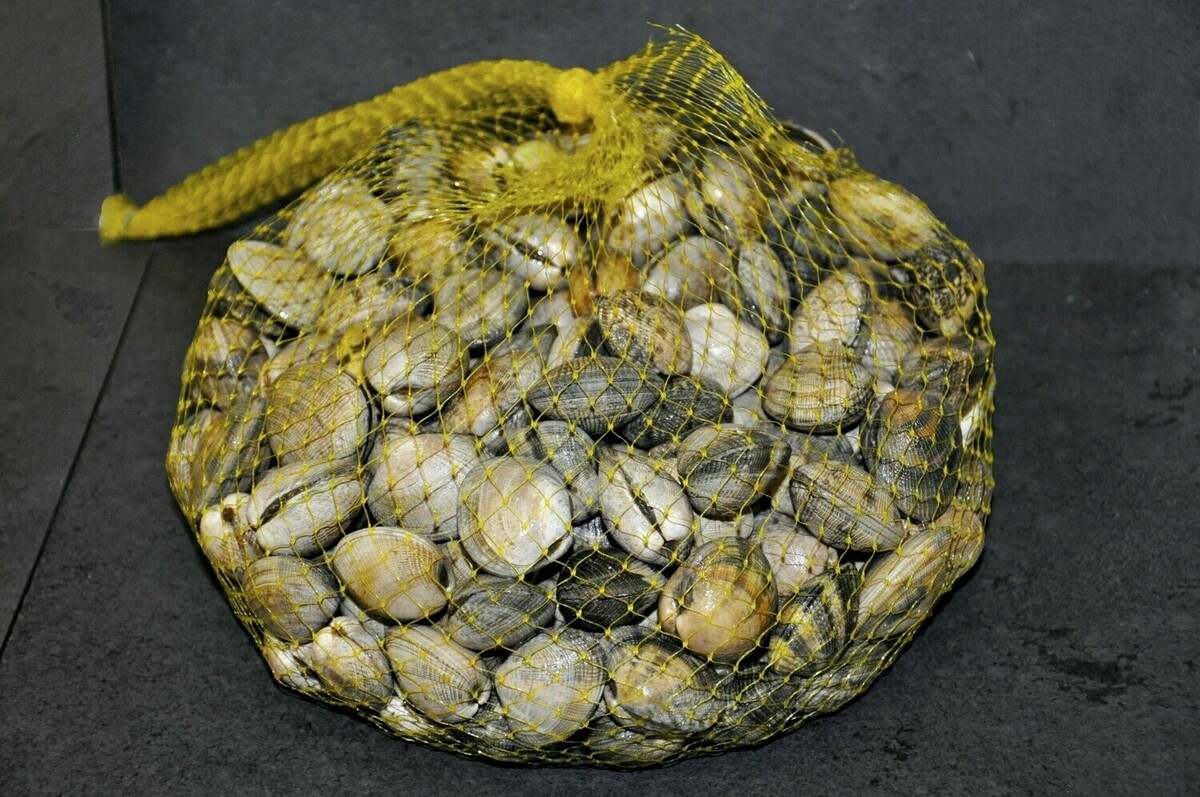
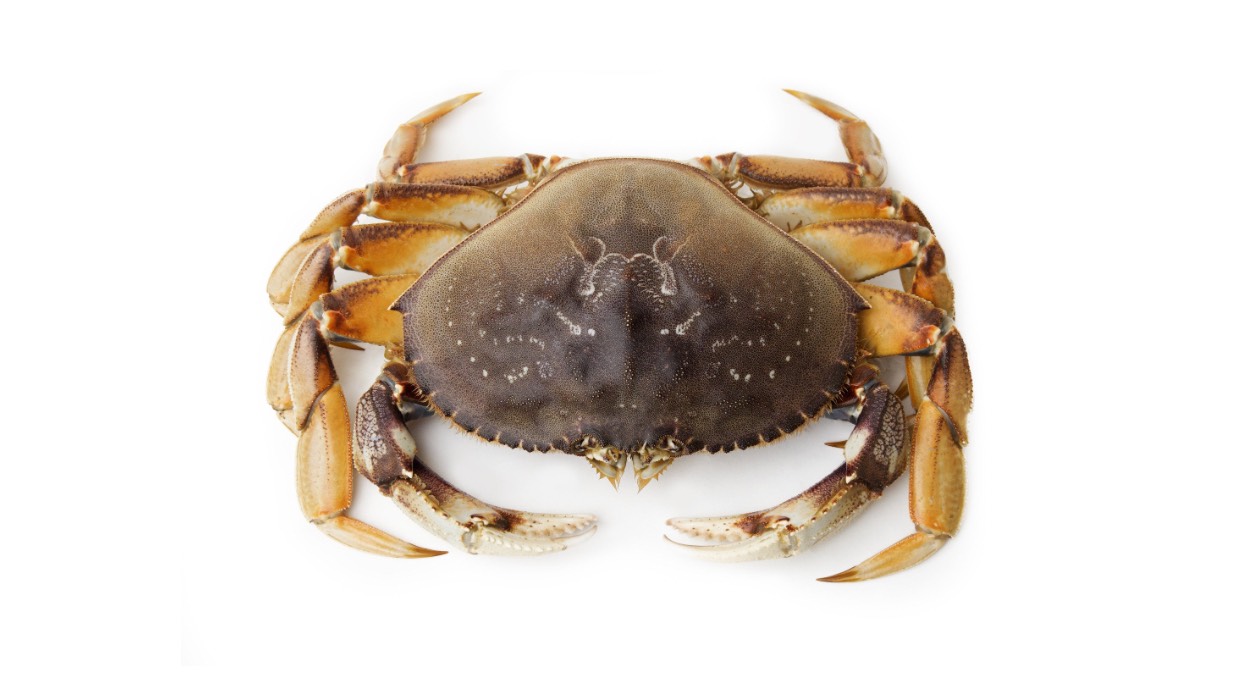
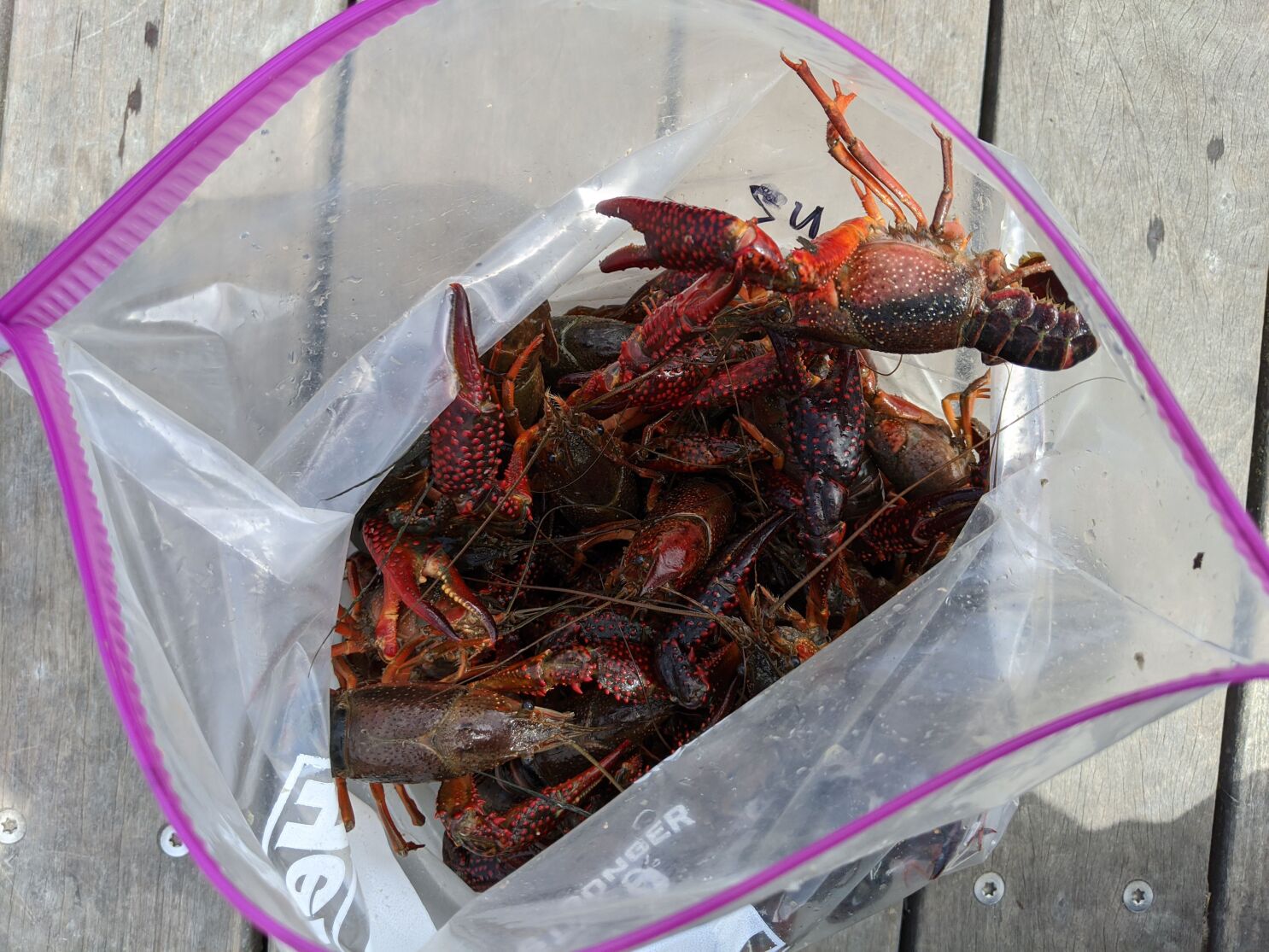
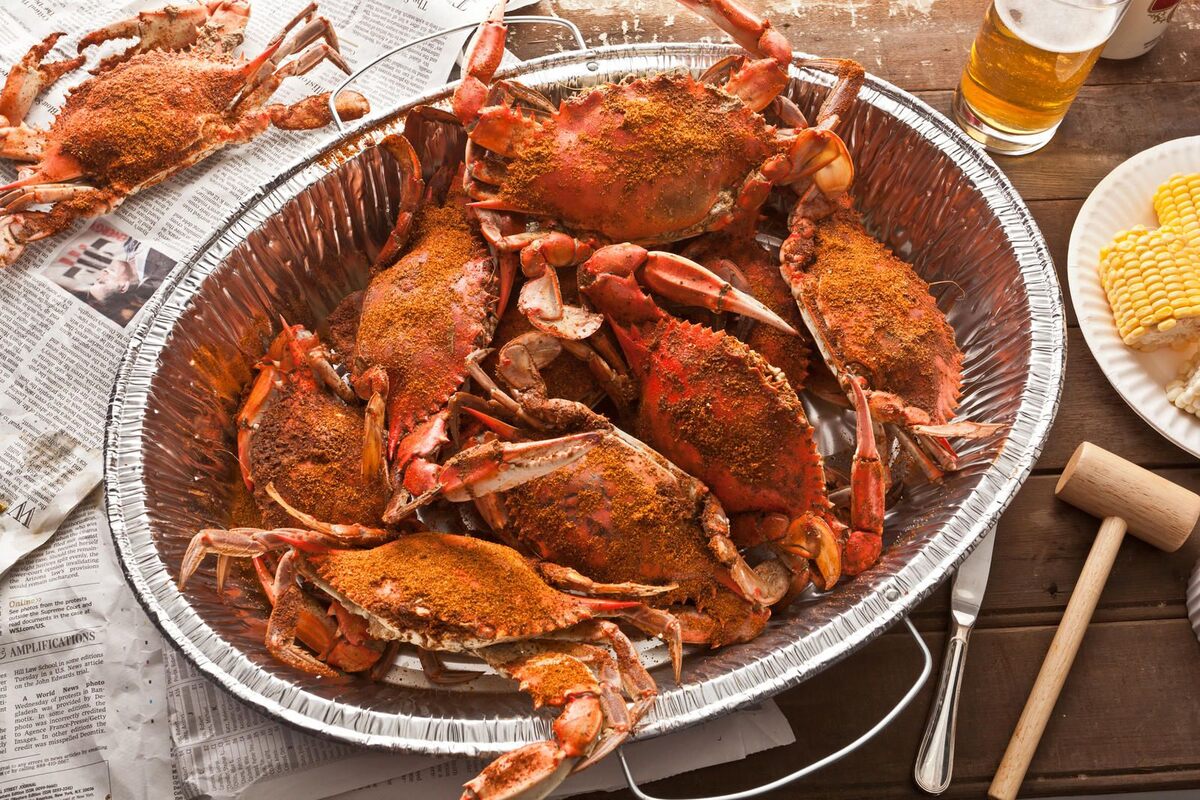
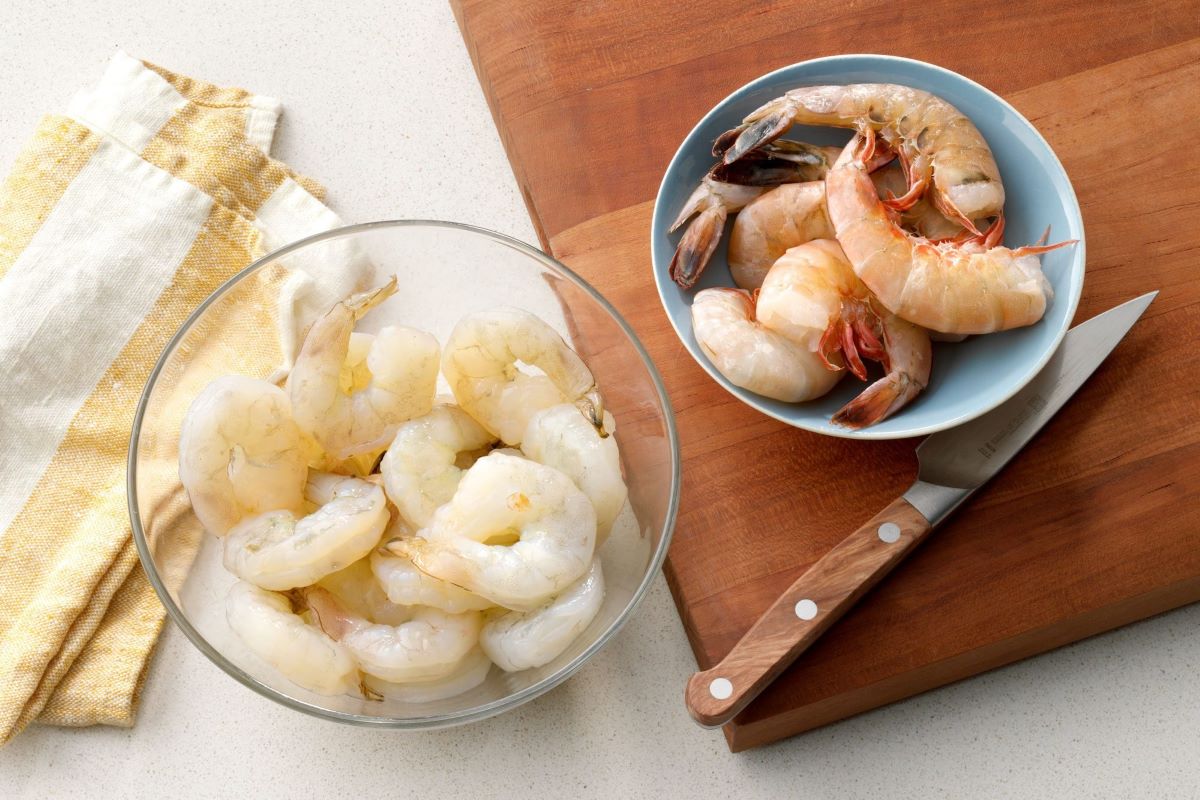
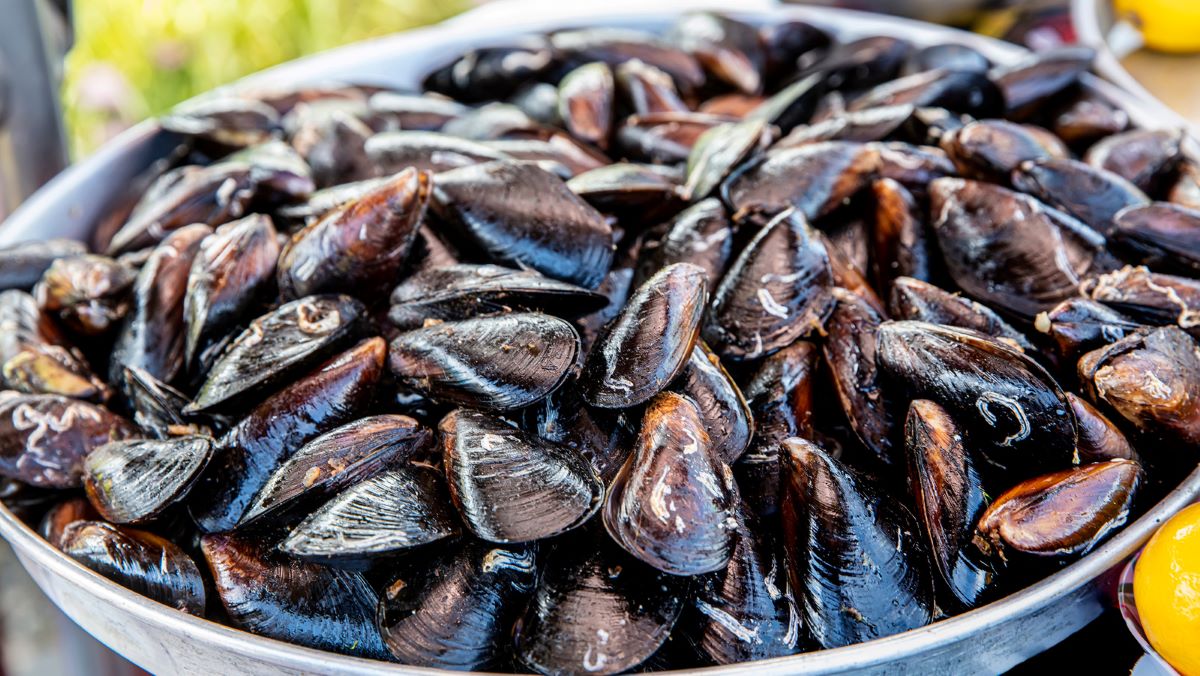
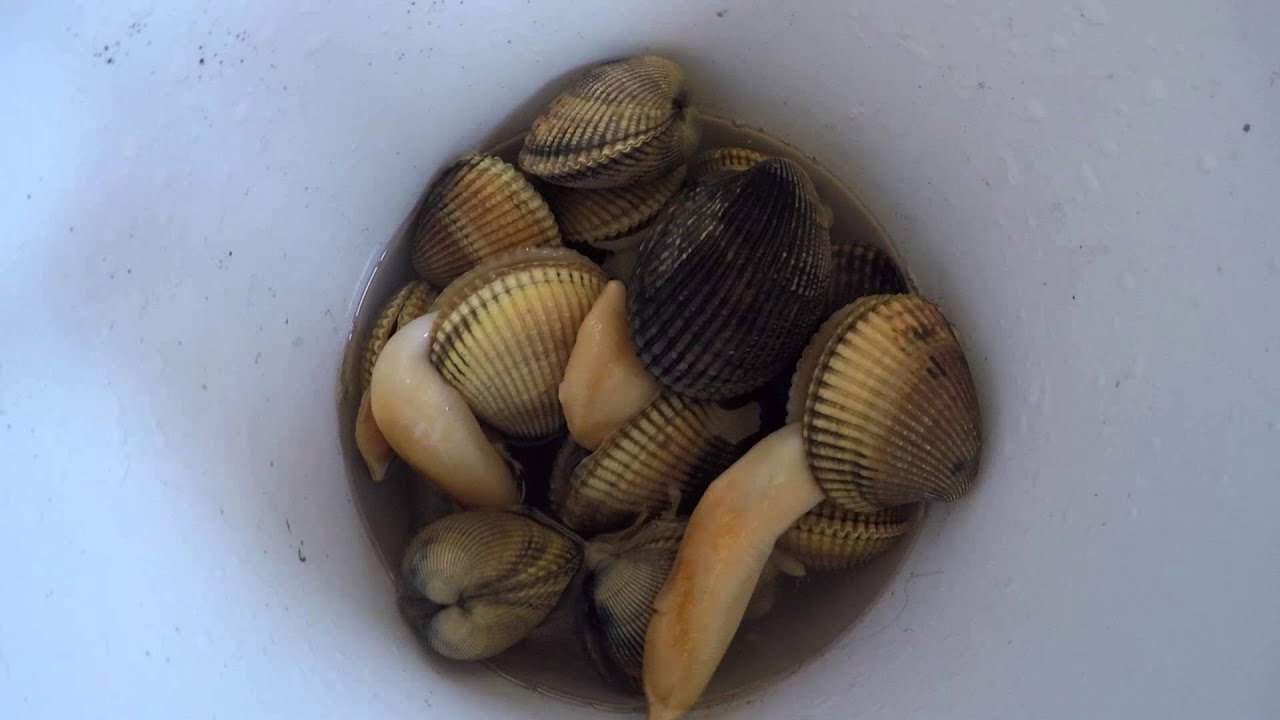
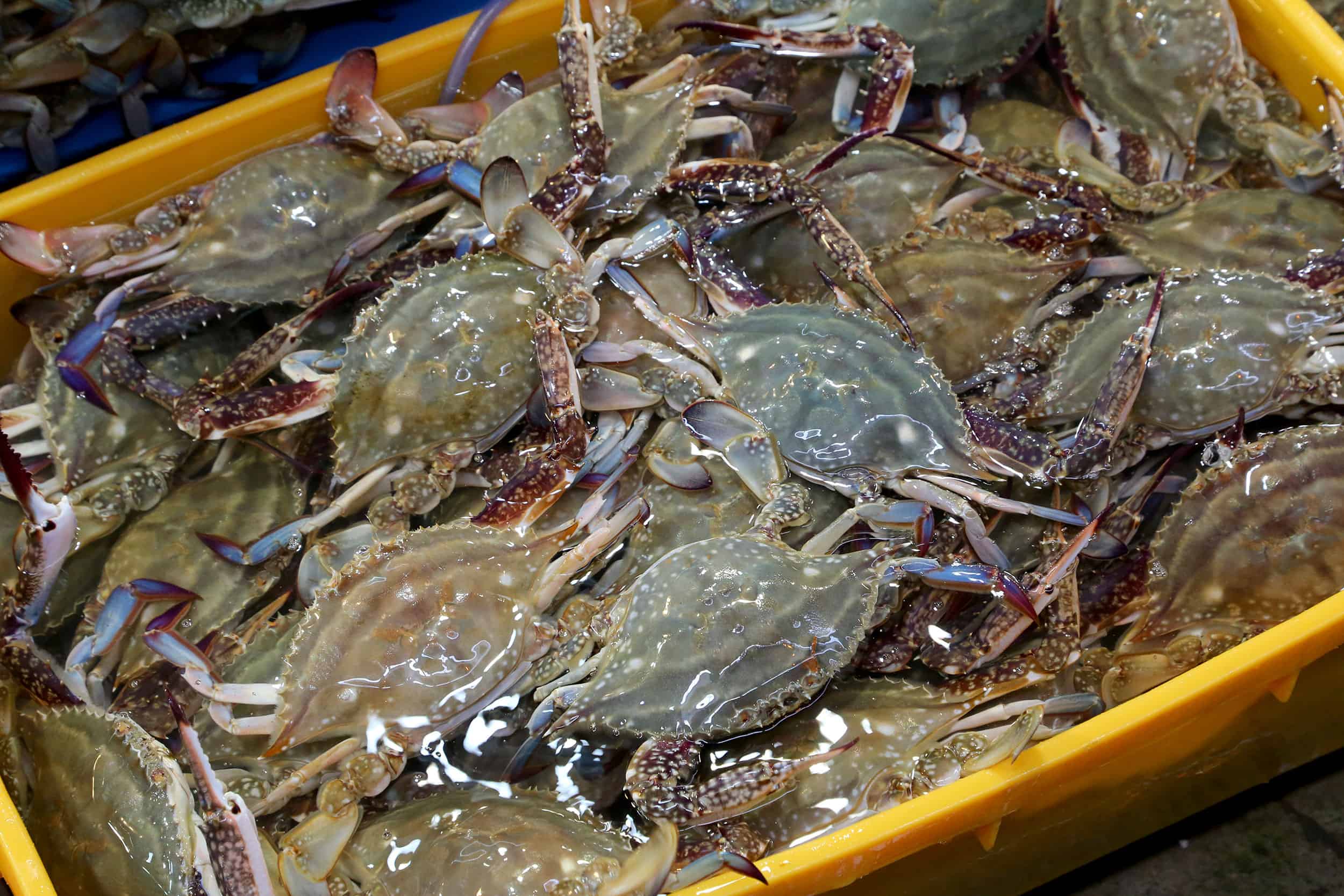
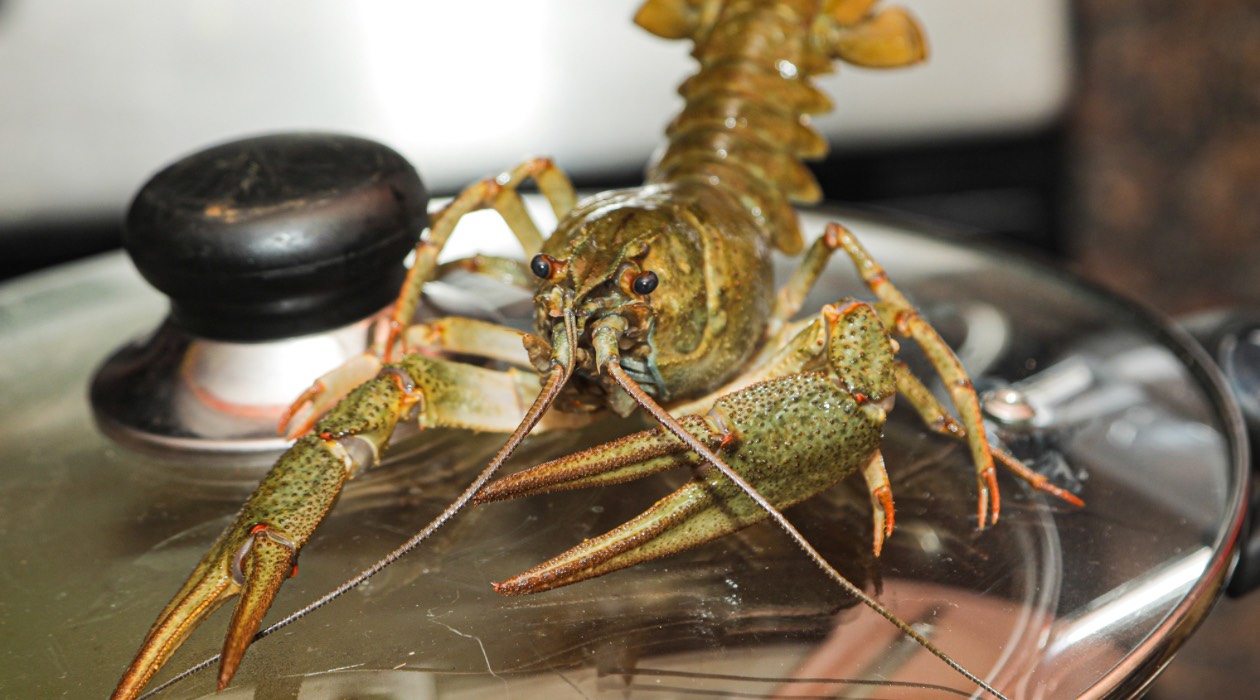
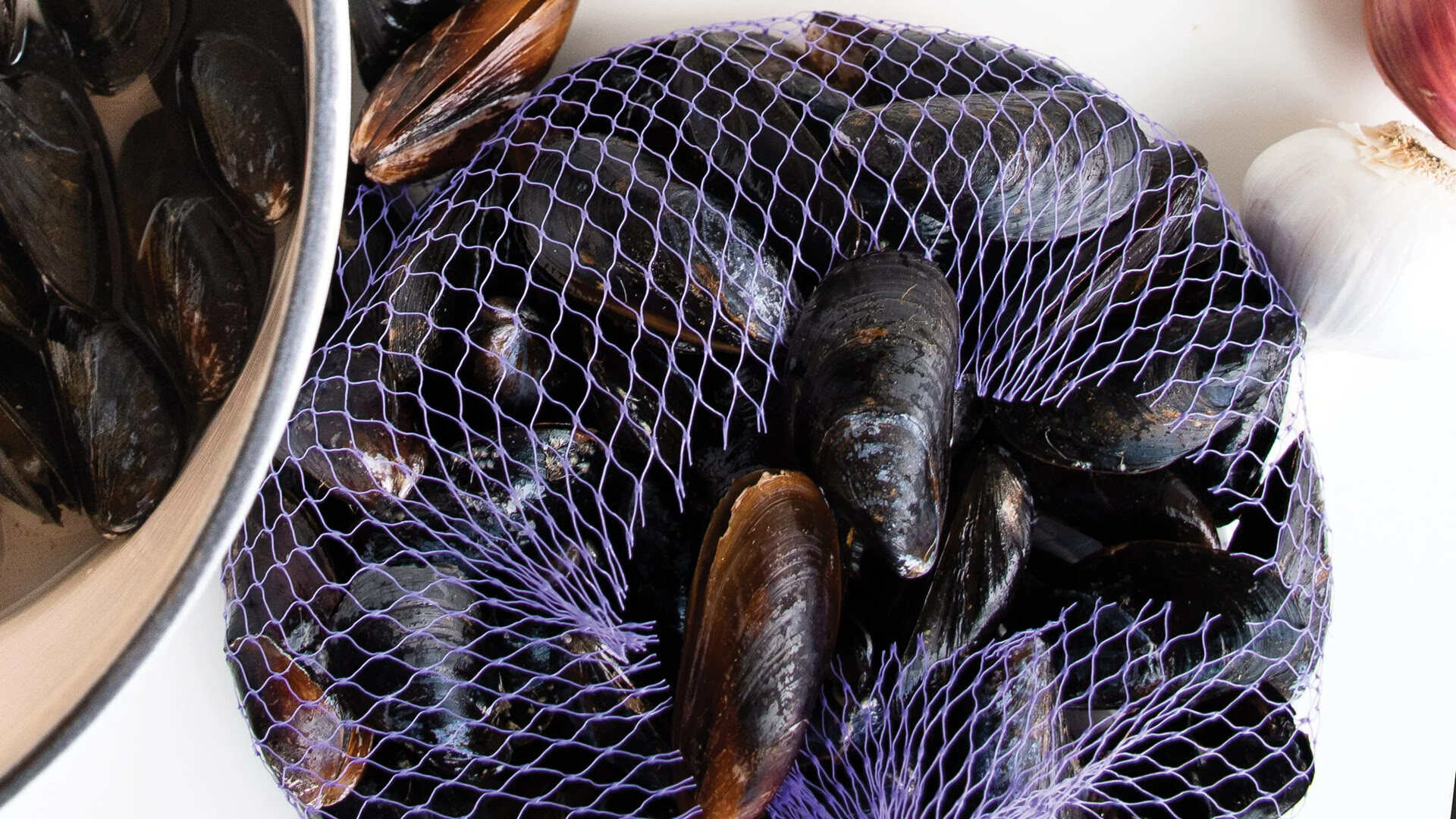

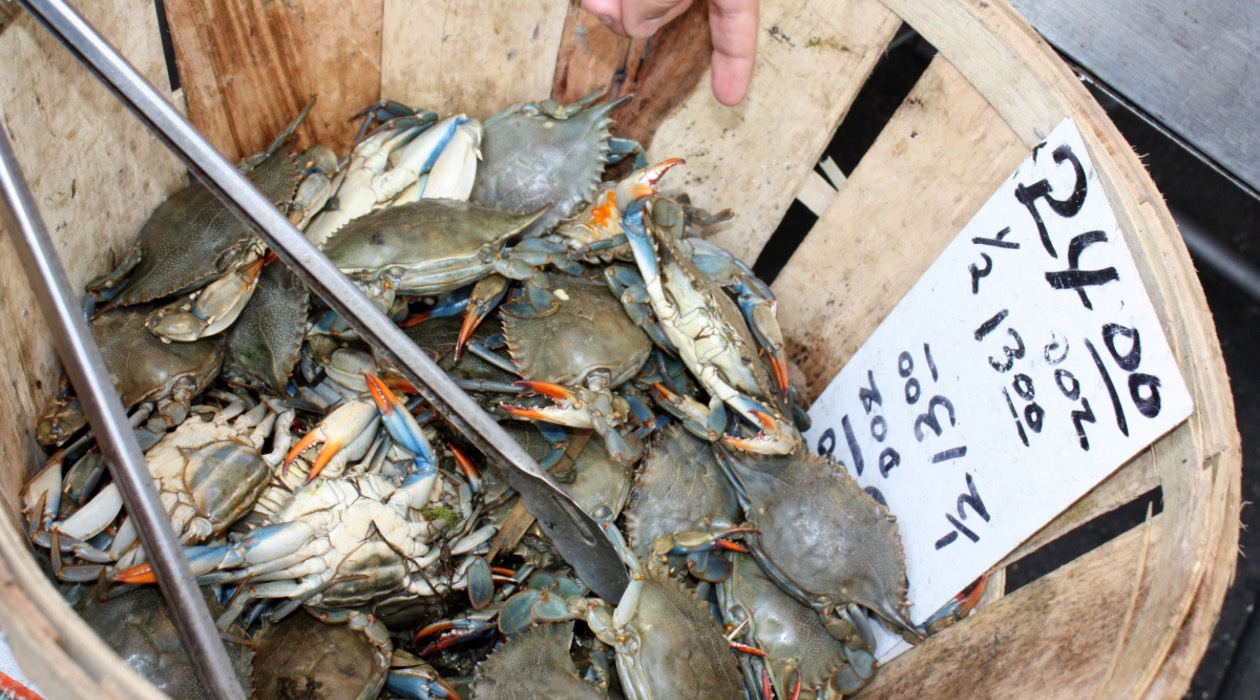
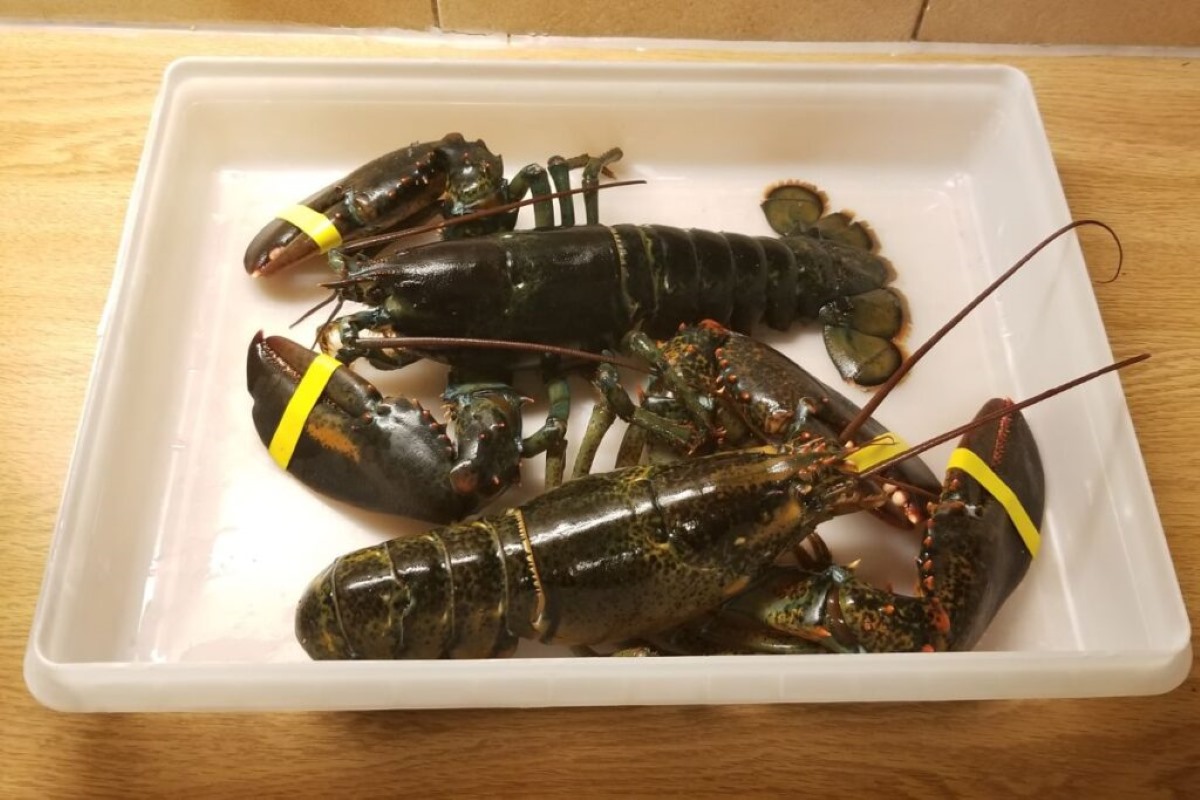

0 thoughts on “How To Store Live Crab Overnight”